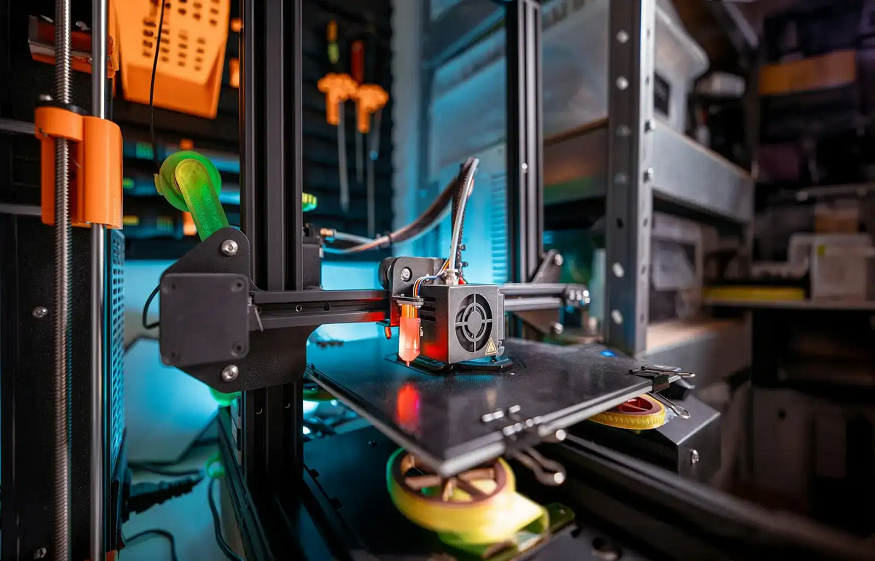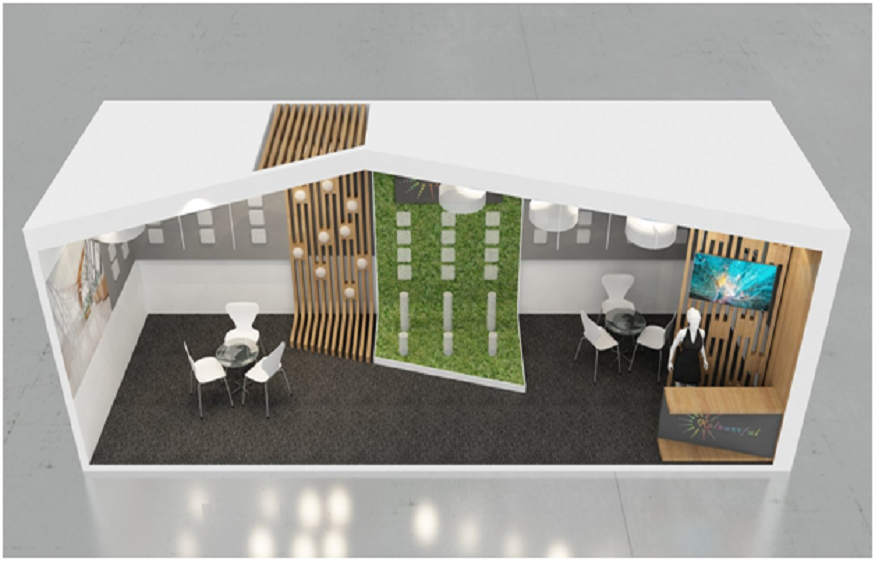As the world of design develops fast, technology plays a key role in changing old industries. 3D printing technology is one of the biggest innovations seen in recent years. At first, only related to prototyping and designing products, but it has since grown to affect many industries such as healthcare, automotive, fashion and especially architecture. 3D printing companies have changed the way architects and builders think about design, building and the use of materials. As technology advances, it is having a deeper and more obvious effect on building processes and architectural practices. 3D printing architecture has gone from being a future idea to being an active reality that is changing the way structural design is done today.
1.More and more designers are turning to 3D printing companies for help
A greater desire for cleaner, more effective and advanced ways of building has caused the growth of 3D printing businesses. They give services that are valuable to industries searching for accuracy, cost savings and fast project planning. Their job in architecture covers making fine 3D models and producing accurate shapes for large building parts. Thanks to advanced additive manufacturing, these companies help architects test and create designs that would be too complex or pricey to make using other building methods. Having a reliable 3D printing company allows for more creativity and helps deal with environmental problems by making sure less material is wasted.
2. Learning about the concept of 3d printing architecture
The term 3D printing of architecture describes using additive manufacturing to build models, parts and even entire buildings. The method is based on laying specific materials on top of one another to shape physical objects designed in computers. With this technology, more complex designs can be produced with high accuracy, work is completed faster and the cost of labour decreases. With the help of 3D printing, skilled companies allow architects and construction companies to move from design to construction for homes, businesses or public works. This method both streamlines the process from design to construction and encourages architects to experiment outside the restraints of traditional buildings.
3. The use of 3D printing in architecture today
How 3D printing is used in architecture is constantly developing and covers many different areas. Using CAD software is most common for architects to illustrate projects with detailed models before any building starts. Furthermore, many 3D printing companies can manufacture building components like walls, various façade features and figurative designs that have intricate details and textures. In a few situations, houses and other types of structures have been made using 3D print technology, indicating how it helps in creating fast and economical housing or temporary places for emergencies. The technology helps fix damaged parts of buildings by making matches to the original designs. 3D printing allows architects to design things that cannot easily be made with standard construction techniques. When environmental materials are chosen for 3D printing, this process has less negative effect on the environment.
4. What do you gain by collaborating with a 3d printing company?
It is advantageous for architects and construction companies to cooperate with 3D printing companies. Architects can design unique features using CAD, fitting them to the required design style. Also, it accelerates projects by enabling the quick design of prototypes and simple manufacture of necessary building parts. Due to the rapid automation, companies may lower their costs for argon arc welding jobs that are difficult or quite large. Often, these companies apply green methods and materials that support sustainability in the building process. By using 3D printing to make architectural parts, there is less waste, and the shape is certain, so the work is of high quality and builds more efficiently. Companies become more competitive in an industry that is constantly evolving due to new technologies by using the services together.
5. Challenges and limitations in 3D printing architecture
Even with its positive aspects, using 3D printing for architecture is not free from challenges. Another concern is that 3D printing has fewer materials to choose from than traditional materials used in building, even though the range keeps increasing. Regulations present another difficulty since updated building codes and standards are often lacking for 3D-printed buildings. Since 3D printers and technology systems can be quite pricey, it is difficult for small companies to buy them. Working with a renowned, established 3D printing company enables architects to overcome obstacles and experience advanced technology without high costs. As 3D printing technology advances further, many of these issues are anticipated to disappear, leading to greater acceptance of 3D-printed buildings.
6. 3D printing and innovation in architecture
The future seems promising for 3D printing in the architecture sector. Progress in materials research permits the development of stronger, more useful and greener printing materials, thus stretching the possibilities for structures that can be printed. The use of bigger 3D printers is making it possible for people to build higher buildings and more complex projects on a large scale. Because sustainability matters more in construction, 3D printing firms are now working on ways to make their processes eco-friendlier and resource conscious. Besides, combining digital design tools with 3D printing is making work easier and encouraging teamwork between designers and builders. They highlight that architectural work is undergoing major transformations on a worldwide scale.
7. How 3D printing companies are redefining construction methodologies
Today, 3D printing businesses have a wider influence than merely providing building elements. By introducing on-site printing, these organizations are changing how construction is done and making things easier logistically. This type of construction enables faster construction, especially in places where using traditional methods is not convenient. Additionally, by providing modular and flexible solutions, a 3D printing company can lessen waste and enhance energy savings in buildings. They are essential for dealing with the increased need for infrastructure that can withstand changes and be sustainable. Adopting 3D printing is set to significantly influence the future of building practices for construction firms.
Architects and construction teams now use 3D printing to greatly change the process of planning, drawing, and constructing buildings. 3D printing firms have allowed architects to come up with fresh designs, speed up their work, and select green alternatives. 3D printing architecture is used for both designing and constructing architectural projects. Though some issues still exist, advancements in technology and acceptance by the industry indicate that additive manufacturing might soon be used regularly in building design and construction. Partnering with skilled 3D printing companies allows architects to find innovative solutions and build environments that are more effective and friendly to the planet.



